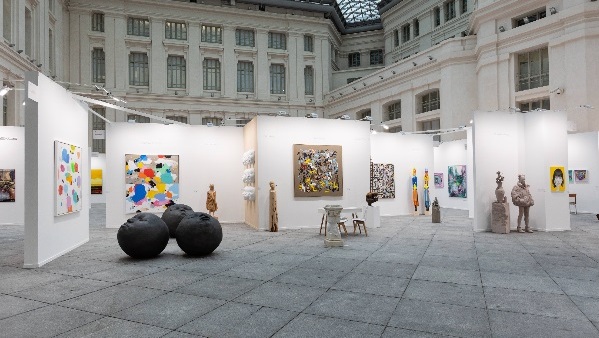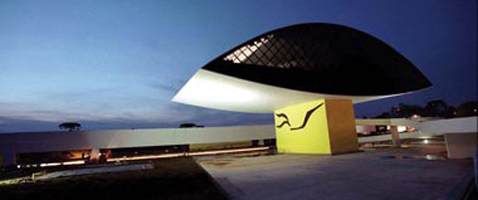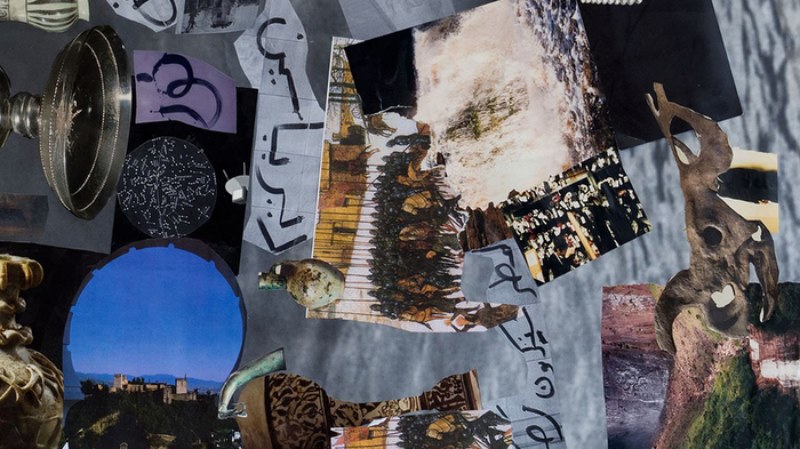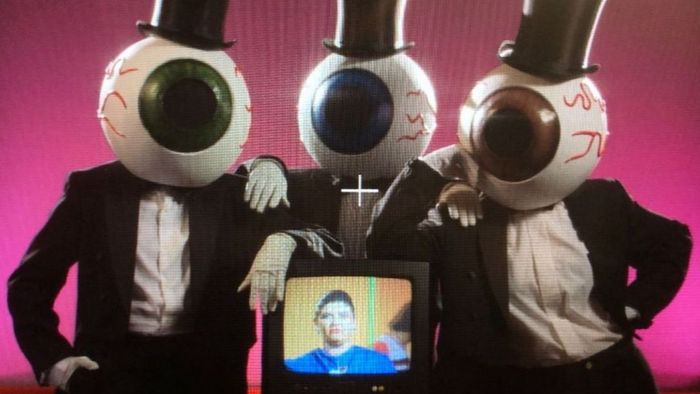Under the title Beyond the Crisis, preps for the sixth edition of VENTOSUL Curitiba Biennial are underway in this city as the event is slated from Sept. 17 to Nov. 19. Head curators are Alfons Hug and Ticio Escobar; Adriana Almada and Paz Guevara will act as co-curators; Alberto Saraiva will be in charge of the national curatorship, while Artur Freitas, Eliane Prolik and Simone Landal will be selecting the local artists (from the state of Parana). The educative project has been handed over to Denise Bandeira and Sônia Tramujas.
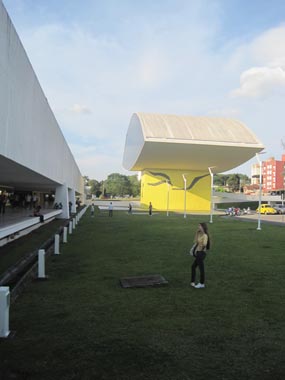 The concept of crisis, as the head curators explain, has been taken in “the most instigating and suggestive sense, as a crucial moment that, in the face of a paradigmatic sea change, calls for new decisions and images. The term “beyond” could allude, in the strict sense of the word, to the critical moment that’s now gone (the crux of the matter always marks a situation that’s already happened, and that’s why it can be named). But it could also refer to the need of considering other places the crisis can be faced off from in a creative and different way. Or it could even mark the demand of imagining a space and time outside the critical space, even though it could be driven by it. Art cannot let go of its vocation for wishful thinking: imagination is always an anticipatory, even propitiatory device. Even the most negative and melancholic operations in contemporary art secretly point to a “beyond”, to a waiting space or an opening to the development. Art copes with a crisis by constantly inquiring its own representation systems, by arguing time and time again the definition of art and its institutional circuits (museums, markets, biennials, theories, and the like). From this perspective, the crisis is not only a rewarding element for the art, but the latter necessarily depends on moments of conflicts and crisis to come up with creations. Fairly enough, art consists of one of the main devices contemporary culture counts on to out its own headings to the test, to renew its values and its codes, to prevent collective perception from going numb around a fixed concept in terms of social trappings.”
The concept of crisis, as the head curators explain, has been taken in “the most instigating and suggestive sense, as a crucial moment that, in the face of a paradigmatic sea change, calls for new decisions and images. The term “beyond” could allude, in the strict sense of the word, to the critical moment that’s now gone (the crux of the matter always marks a situation that’s already happened, and that’s why it can be named). But it could also refer to the need of considering other places the crisis can be faced off from in a creative and different way. Or it could even mark the demand of imagining a space and time outside the critical space, even though it could be driven by it. Art cannot let go of its vocation for wishful thinking: imagination is always an anticipatory, even propitiatory device. Even the most negative and melancholic operations in contemporary art secretly point to a “beyond”, to a waiting space or an opening to the development. Art copes with a crisis by constantly inquiring its own representation systems, by arguing time and time again the definition of art and its institutional circuits (museums, markets, biennials, theories, and the like). From this perspective, the crisis is not only a rewarding element for the art, but the latter necessarily depends on moments of conflicts and crisis to come up with creations. Fairly enough, art consists of one of the main devices contemporary culture counts on to out its own headings to the test, to renew its values and its codes, to prevent collective perception from going numb around a fixed concept in terms of social trappings.”
In addition to the title argument in terms of the art, this is nothing than a suggestion for a topic that must be faced off freely by the artists. The title Beyond the Crisis is supposed to encourage poetic production and steer reflection toward certain key issues of contemporary art.
More than fifty guest artists will attend the 6th Curitiba Biennial, including Neville D’Almeida (Brazil), John Bock (Germany), Darren Almond (UK), Sebastian Preece (Chile), Boris Michailow (Ukraine), Danica Dakic (Bosnia), Fikret Atay (Turkey), Antti Laitinen (Finland), George Osodi (Nigeria), Zhou Tao (China), Olaf Nicolai (Germany), Gutierrez + Portefaix (Hong Kong/China), Adonis Flores (Cuba), Patrick Hamilton (Chile), Ricardo Lanzarini (Uruguay), Liliana Porter (Argentina), Camilo Restrepo Zapata (Colombia), Joaquin Sanchez (Bolivia) and Luis Molina-Pantin (Venezuela).
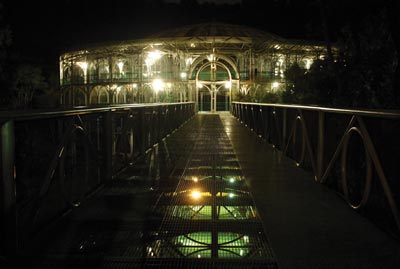 The venues for the Curitiba Biennial will be the city’s main cultural sites: the Oscar Niemeyer Museum, the Curitiba Memorial, the Museum of Contemporary Art, the Museum of Photography, the Museum of Engraving and Opera do Arame, among others. Some works will be exhibited –and some actions will take place– in parks, bus depots, squares and streets.
The venues for the Curitiba Biennial will be the city’s main cultural sites: the Oscar Niemeyer Museum, the Curitiba Memorial, the Museum of Contemporary Art, the Museum of Photography, the Museum of Engraving and Opera do Arame, among others. Some works will be exhibited –and some actions will take place– in parks, bus depots, squares and streets.
In addition to the exhibitions, the 6th Curitiba Biennial’s program includes conferences, lectures, roundtable discussions, courses, workshops, movies, performances and urban interventions. The Curitiba Biennial is organized by the Parana Art Institute.
Related Publications
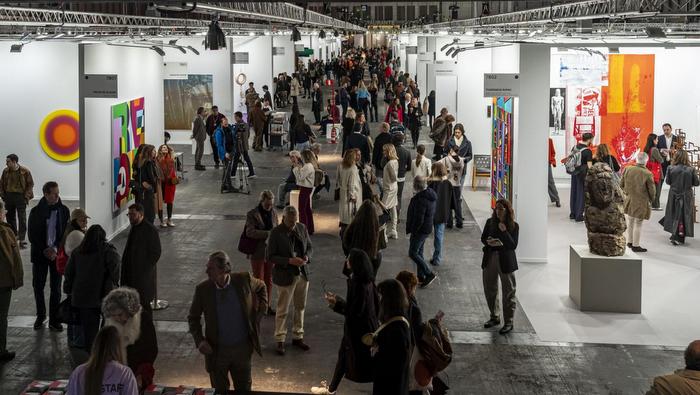
ARCOmadrid announces the participating galleries in its 45th edition
December 19, 2025